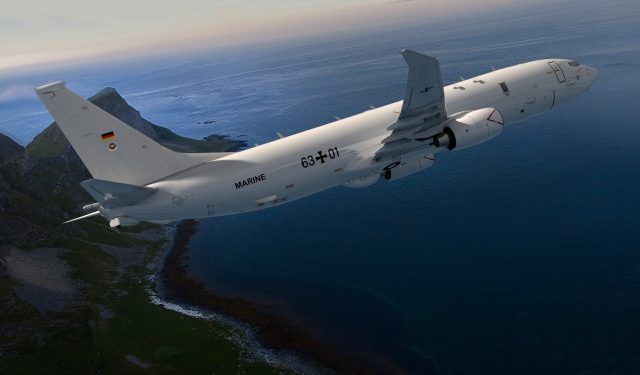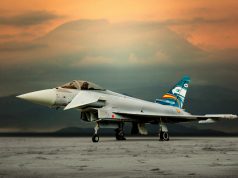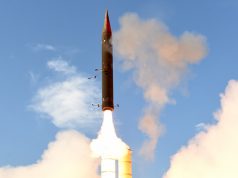The US Naval Air Systems Command has awarded Boeing a $756.6 million contract for the construction and delivery of five P-8A aircraft to Germany.
The official contract follows the German defense ministry’s confirmation of the purchase of the P-8A Poseidon as its air force’s interim maritime patrol aircraft in June this year.
In March, the US State Department approved the sale of five airframes and associated support for an estimated $1.77 billion.
Boeing will build the aircraft at its Seattle, Washington, plant and is expected to complete deliveries by February 2025.
Germany is buying the Poseidon after deciding to walk away from an elaborate upgrade of the Orion fleet that would have allowed the maritime patrol aircraft to fly well into the 2030s. According to current plans, the Orion will be phased out in 2024 or 2025 as it is becoming increasingly difficult to operate and maintain.
At the time of its announcement on the purchase of the Poseidon MPA as its interim maritime patrol solution, Germany was working with France on the Maritime Airborne Weapons System (MAWS) project that would have developed a new capability for both countries. The initial plan was for MAWS to replace German P-3Cs and French Atlantique 2, or ATL2, aircraft that were built in the 1980s. The two countries had planned to build first aircraft under the program by 2035 with the help of Airbus and Dassault Aviation.
However, after Germany revealed the purchase of the Poseidon, which will be providing Germany with a maritime patrol capability for the next 30 years, France decided to pull out of the project altogether and pursue a plan B, as official Paris estimated Germany would not commit to the project now it had the P-8A.
Germany is one of eight nations that have selected the P-8A as their maritime patrol aircraft, along with the United States, India, Australia, the United Kingdom, Korea, New Zealand and Norway. The long-range anti-submarine and anti-surface warfare aircraft is militarized with maritime weapons, an open mission system architecture and commercial-like support for affordability. It’s the principal aircraft with the ability to detect and track submarines. The aircraft is modified to include a bomb bay and pylons for weapons. It has two weapons stations on each wing and can carry 129 sonobuoys. The aircraft is also fitted with an in-flight refueling system.



























